A "roti banane wala tawa" translates to a "flatbread-making griddle" or simply a "flatbread pan." This kitchen utensil is designed specifically for making various types of flatbreads, including rotis, chapatis, and other similar items. It's particularly useful for individuals who want to quickly and efficiently make delicious flatbreads throughout the day.
Table of Contents
Key Features Of A “Roti Banane Wala Tawa”:
- Flat Surface: The tawa has a flat cooking surface that allows you to easily spread and cook the dough evenly, resulting in uniformly cooked flatbreads.
- Size Varieties: It comes in various sizes to suit different needs and quantities.
- High Heat Conductivity: The tawa is constructed from materials with high heat conductivity, helping to evenly cook flatbreads.
- Ease of Use: The design of the tawa makes it easy to spread and cook the dough effectively.
- Versatile Use: This utensil is designed to make various types of flatbreads, making it a versatile tool in the kitchen.
Who Can Use A “Roti Banane Wala Tawa”?
A “roti banane wala tawa” can be a valuable kitchen tool for a variety of individuals and households. Here are some examples of who might benefit from having a roti tawa:
- Home Cooks: Anyone who enjoys cooking at home and wants to prepare fresh and authentic flatbreads like rotis, chapatis, and naans.
- Indian Cuisine Enthusiasts: Individuals who love Indian cuisine and want to recreate the taste and texture of traditional Indian flatbreads.
- Families: Households where flatbreads are a staple food, allowing family members to enjoy homemade flatbreads in their meals.
- Home Chefs: Aspiring chefs who want to refine their culinary skills by mastering the art of making perfect flatbreads.
In essence, a “roti banane wala tawa” or Indian tawa can find its place in the kitchens of a wide range of people, from those who want to enjoy the taste of freshly made flatbreads to those who wish to explore culinary creativity or cultural traditions. It's a versatile tool that enhances the cooking experience for various individuals and settings.
What Should You Look For When Buying A “Roti Banane Wala Tawa”?
When purchasing a "roti banane wala tawa", there are several factors to consider to ensure you choose the right one for your needs. Here are some key aspects to look for when buying a roti tawa:
- Material: Roti tawas are commonly made from materials like cast iron, aluminum, or non-stick-coated surfaces. Every material has a unique set of benefits and factors to think about. Cast iron is known for its superior ability to retain heat, aluminium for its speed and evenness of heating, and non-stick coatings for their facilitation of cooking and flipping.
- Size: Roti tawas come in various sizes, typically ranging from around 8 to 12 inches in diameter. Choose a size that suits your cooking needs and the quantity of flatbreads you intend to make.
- Thickness: A thicker tawa tends to retain heat better and distribute it evenly. However, a thinner tawa can heat up quickly and is often easier to handle.
- Handles: Look for tawas with sturdy and heat-resistant handles for safe handling while cooking. Some tawas may have a long handle for better control, while others may have two side handles.
- Flat Surface: The tawa's cooking surface should be flat and smooth to ensure even cooking of flatbreads.
- Heat Conductivity: Choose a material with good heat conductivity to ensure consistent cooking results. Aluminum and cast iron are known for their heat-conductive properties.
- Non-Stick Coating: If you prefer the convenience of easy release and less oil usage, consider a roti tawa with a non-stick coating. However, ensure that the coating is of high quality and durable.
- Durability: Consider the material's durability and longevity. Cast iron and certain types of non-stick coatings are known for their durability, while aluminum tawas might be less durable.
- Maintenance: Some materials, like cast iron, may require seasoning to maintain their non-stick properties and prevent rusting. Consider your willingness to maintain the tawa accordingly.
- Additional Features: Some tawas come with unique features like textured surfaces, multiple heat zones, or compatibility with various heat sources. Consider if these features align with your cooking style.
Conclusion:
Ultimately, the right “roti banane wala tawa” for you will depend on your cooking preferences, needs, and budget. Evaluating these factors will help you make an informed decision and select a tawa that suits your requirements.

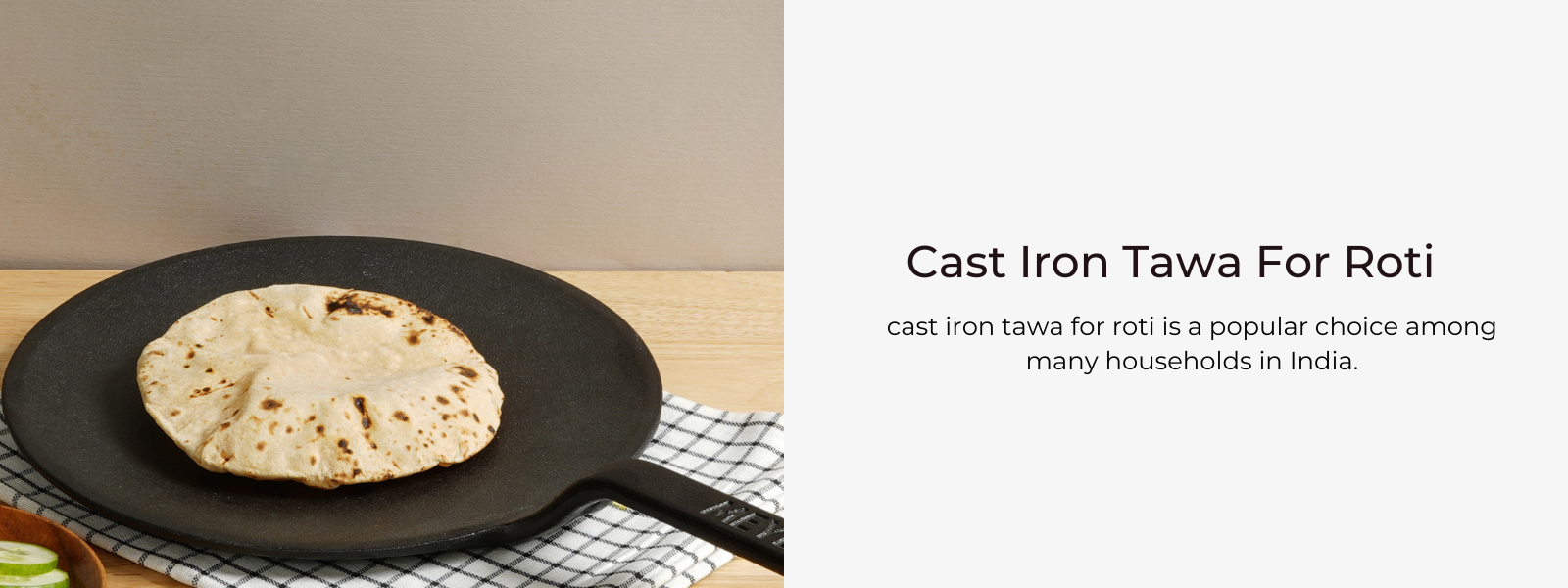
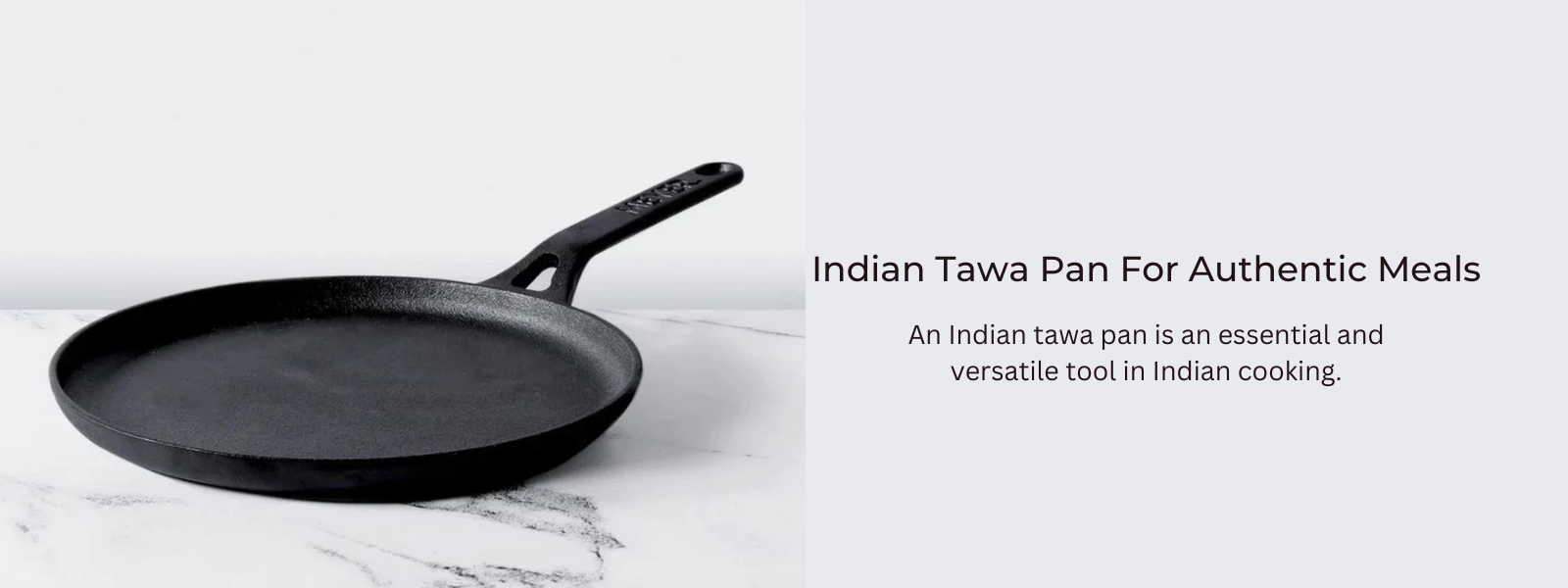
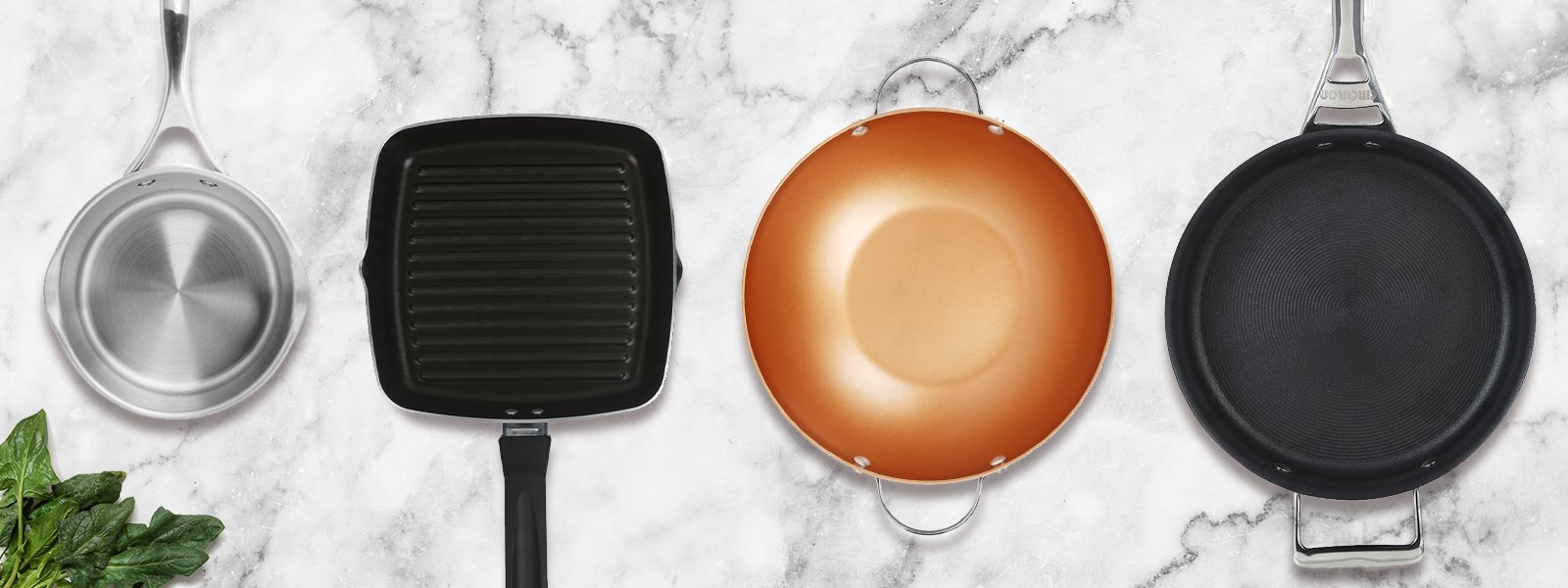
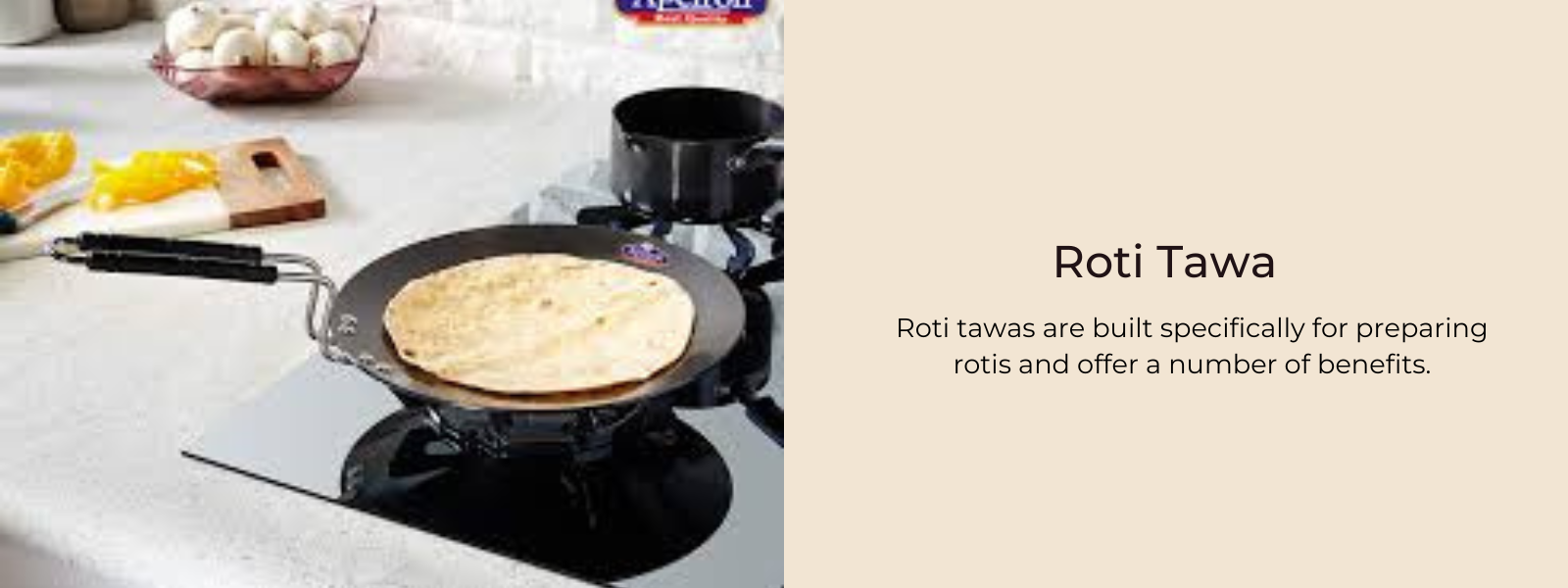
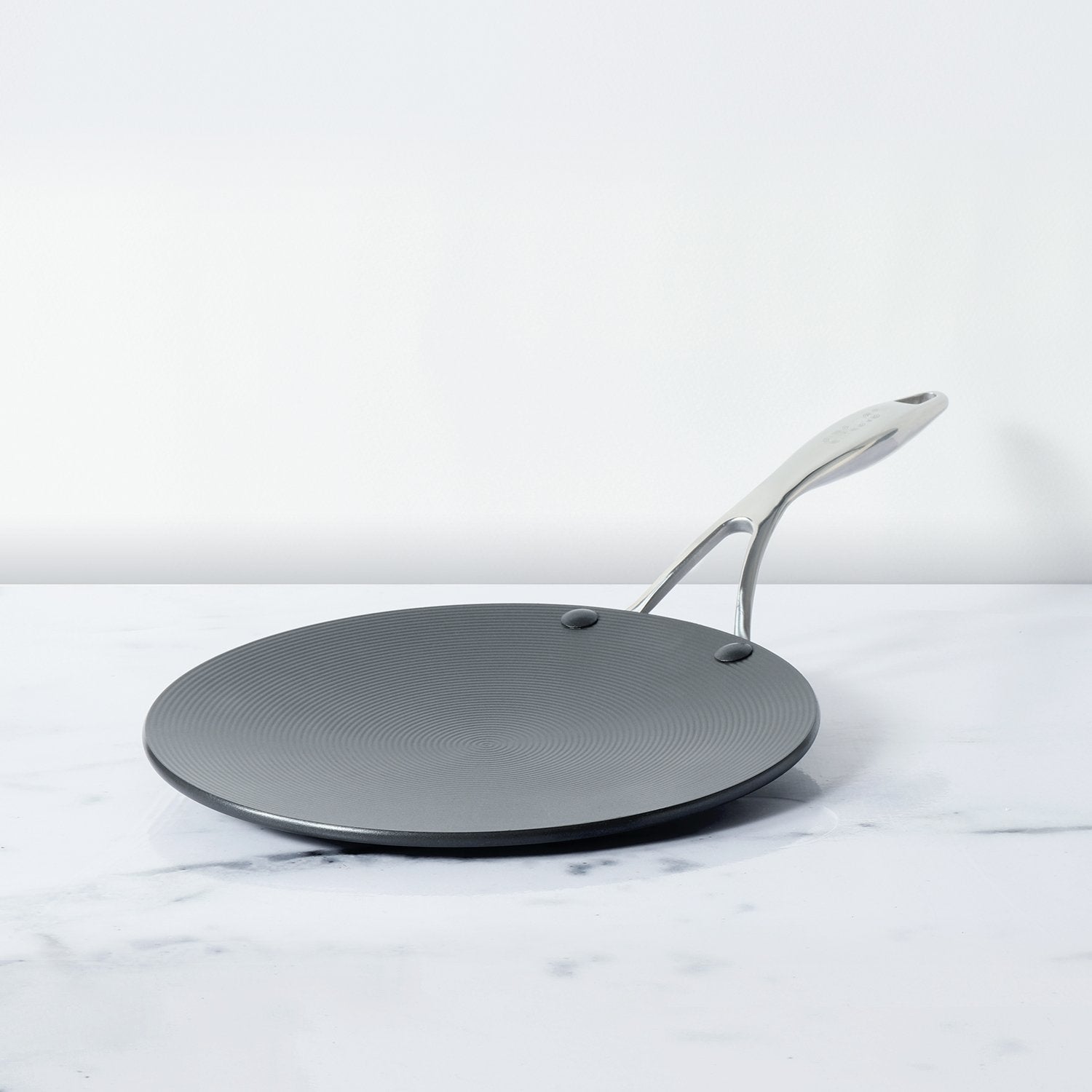
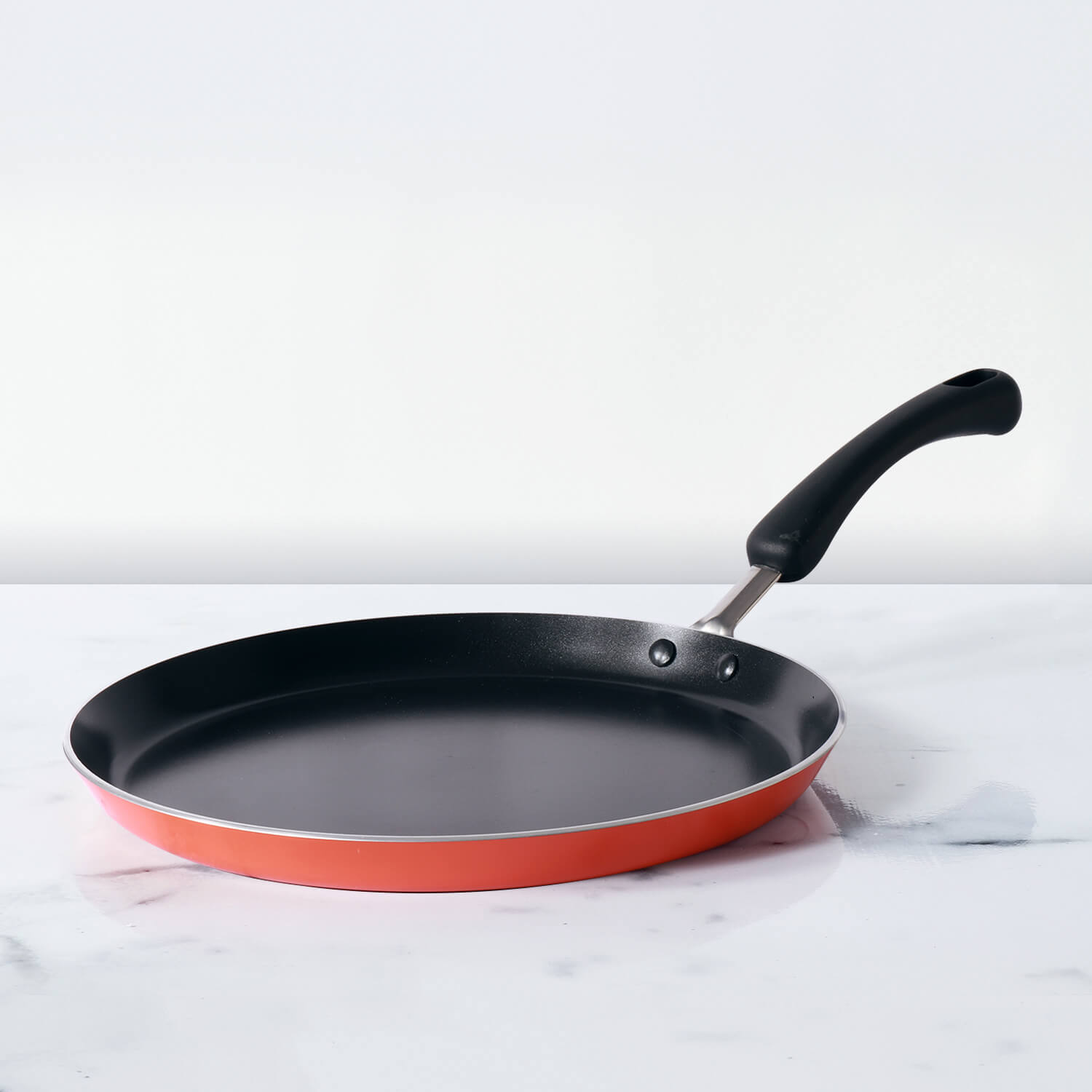




Leave a comment